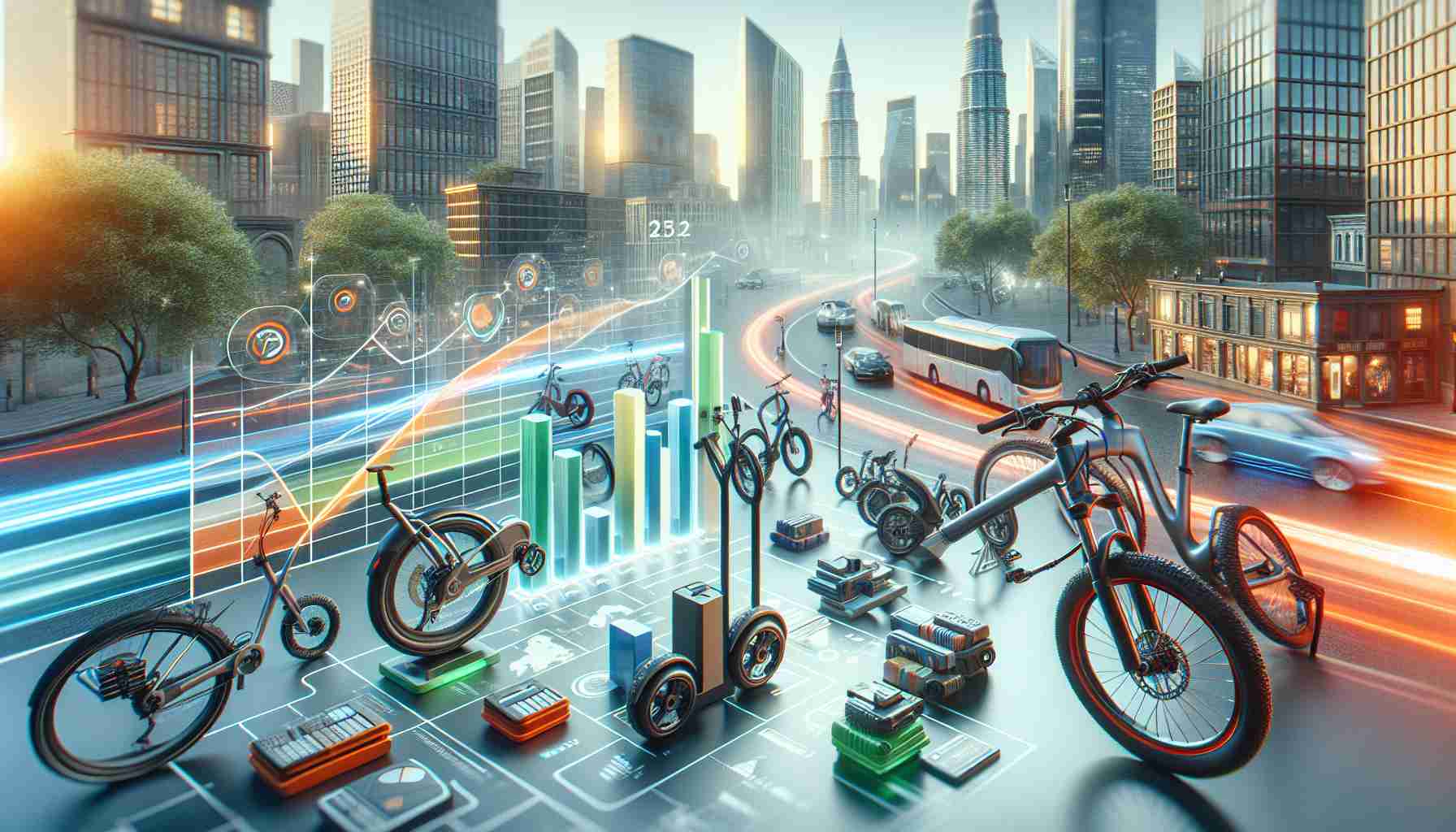The eBike market is experiencing significant growth, with projections estimating its value to reach USD 71.5 billion by 2030, exhibiting a compound annual growth rate (CAGR) of 6.6%. While the market faced temporary setbacks in 2023, there is a strong anticipation for growth to resume in 2024 and continue through 2026. The demand for eBikes is driven by various factors, including the increasing popularity of Class-III eBikes and the surge in demand for cargo eBikes and E-MTBs.
Riders are seeking eBikes that can handle challenging terrains, such as hills and rough roads, as well as carry heavy cargo. This has led to a growing demand for eBikes equipped with high-torque motors, with motor power exceeding 70 NM. These powerful motors are essential for off-road adventures and efficient last-mile delivery options. They enable riders to tackle steeper hills, navigate rough terrain, and maintain momentum on loose surfaces. Moreover, they offer a sustainable and efficient alternative to cars for short-distance hauling tasks.
City/urban eBikes are projected to be the largest segment during the forecast period. These eBikes are designed for practical, cost-effective, and environmentally friendly urban transportation. As eBikes gain popularity as a mode of eco-friendly transportation, the demand for electric city bikes continues to rise. City/urban eBikes have lower running costs and require less maintenance than cars, making them an attractive option for urban commuters. They also contribute significantly to lowering carbon footprints, emitting only 9 grams of CO2 per kilometer compared to conventional vehicles emitting 271 grams of CO2 per kilometer.
The eBike market’s growth is not limited to a single region. While Asia Oceania leads in city/urban eBike sales, Europe is anticipated to be the second largest eBike market. Governments are providing incentives, promoting eBikes for commuting, and investing in eBike infrastructure to further boost the market.
The eBike industry is witnessing continuous advancements and regulatory support. Efforts have been made to create a standardized charging station with a compact connector, making it easier for eBike owners to charge their vehicles. Additionally, the European Union has endorsed cycling as a crucial element of sustainable transportation and has committed to improving cycling networks, bike parking, and establishing e-bike charging stations.
In conclusion, the eBike market is poised for significant growth in the coming years. With increasing demand for high-torque motors, city/urban eBikes, and advancements in charging infrastructure, the eBike industry presents numerous opportunities. As more individuals embrace eco-friendly transportation options and governments invest in sustainable mobility, the eBike market is set to flourish.
The eBike market is part of the larger electric bicycle industry, which includes both traditional pedal-powered bikes and those with electric assistance. The industry has been experiencing substantial growth in recent years, fueled by factors such as increasing environmental consciousness, rising fuel prices, and advancements in battery and motor technology.
Market forecasts indicate that the eBike market is set to reach a value of USD 71.5 billion by 2030, with a compound annual growth rate (CAGR) of 6.6%. Although there were temporary setbacks in 2023, it is expected that growth will resume in 2024 and continue through 2026. This projection highlights the strong potential and growing interest in eBikes.
One of the key drivers of demand for eBikes is the increasing popularity of Class-III eBikes. Class-III eBikes, also known as speed pedelecs, offer pedal-assist up to a maximum speed of 28 miles per hour (45 kilometers per hour). These faster eBikes are gaining popularity among commuters who want to reach their destinations quickly while still enjoying the benefits of e-bike assistance.
Another significant trend in the eBike market is the surge in demand for cargo eBikes and electric mountain bikes (E-MTBs). Cargo eBikes are designed to carry heavy loads, making them suitable for tasks such as deliveries or transporting groceries. E-MTBs, on the other hand, are designed for off-road adventures and recreational purposes, with features such as full suspension and rugged tires.
To meet the demands of riders seeking eBikes capable of handling challenging terrains and heavy cargo, there is a growing demand for eBikes equipped with high-torque motors. These motors, with a power output exceeding 70 Newton meters (Nm), enable riders to conquer steeper hills, navigate rough terrain, and maintain momentum on loose surfaces. They also provide a sustainable and efficient alternative to cars for short-distance hauling tasks.
The largest segment in the eBike market during the forecast period is expected to be city/urban eBikes. As cities become more congested and people seek practical and environmentally friendly transportation options, eBikes are gaining popularity as an alternative to traditional cars. City/urban eBikes have lower running costs, require less maintenance, and greatly contribute to reducing carbon footprints. Compared to conventional vehicles emitting 271 grams of CO2 per kilometer, eBikes emit only 9 grams of CO2 per kilometer.
The growth of the eBike market is not limited to a single region. While Asia Oceania currently leads in city/urban eBike sales, Europe is projected to become the second largest eBike market. Many governments are actively promoting eBikes for commuting and investing in eBike infrastructure to further boost the market. These initiatives include incentives for eBike purchase, the establishment of dedicated eBike lanes, and the improvement of bicycle parking facilities.
The eBike industry is witnessing continuous advancements and receiving regulatory support. Efforts are being made to create standardized charging stations with compact connectors, making it easier for eBike owners to charge their vehicles. The European Union has recognized the importance of cycling as a crucial element of sustainable transportation and is actively working on improving cycling networks, bike parking, and establishing e-bike charging stations.
In conclusion, the eBike market is currently experiencing significant growth and is expected to continue expanding in the coming years. With increasing demand for high-torque motors, city/urban eBikes, and advancements in charging infrastructure, the eBike industry presents numerous opportunities. As more individuals embrace eco-friendly transportation options and governments invest in sustainable mobility, the eBike market is set to flourish.






















